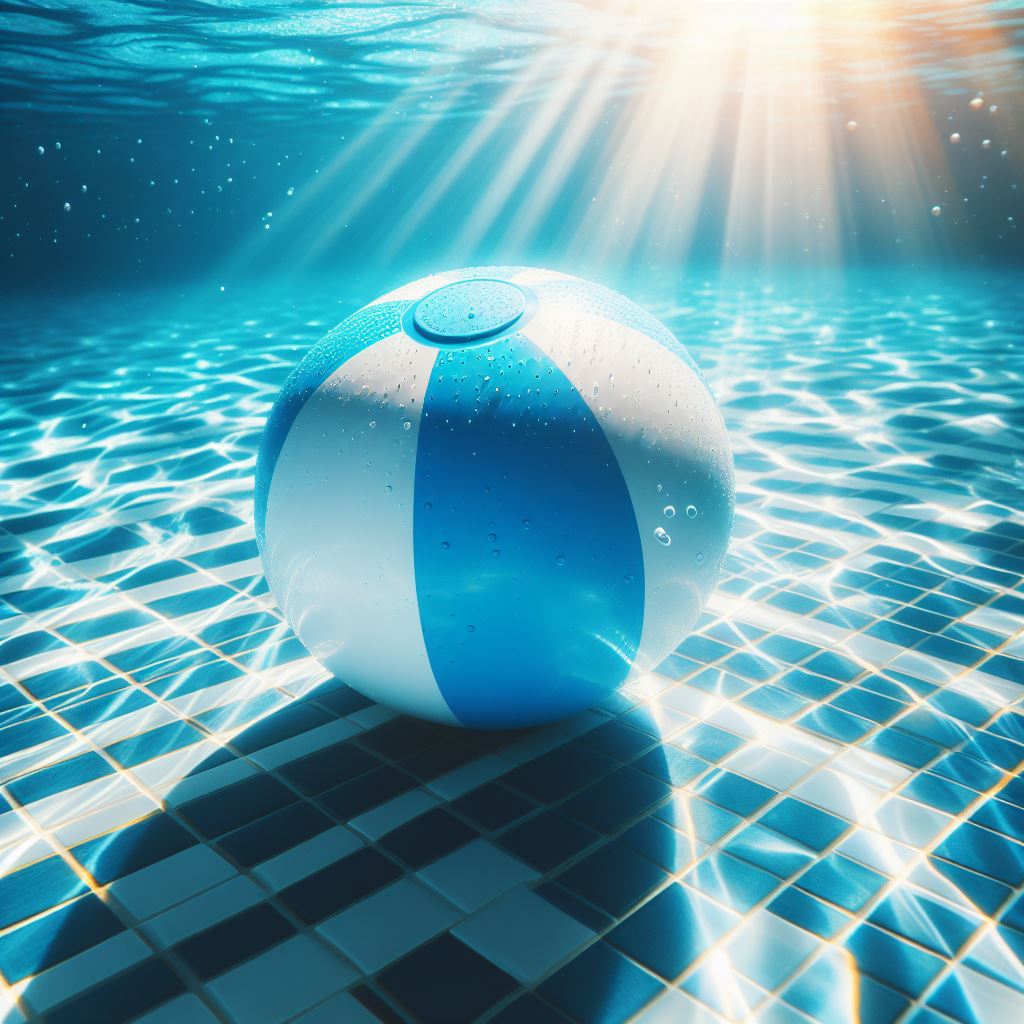A crucial component of pool maintenance is the effective use of chlorine floaters to maintain proper water sanitation. However, over time, these floaters can lose their effectiveness or become unsuitable for use. In this comprehensive guide, we will explore the indicators of expired or unusable pool chlorine floaters, the consequences of using ineffective products, and the proper methods for determining and handling floaters that are no longer suitable for use.

Signs of Expired or Unusable Chlorine Floaters
Changes in Appearance: Visual inspection is essential. If the chlorine floater exhibits changes in color, texture, or shape, it may indicate degradation of the materials and render it unsuitable for use.
Foul or Unusual Odor: A strong, unpleasant odor emanating from the floater is a clear sign of potential expiration. Fresh chlorine floaters typically have a distinct, mild scent, and any deviation should raise concerns.
Ineffectiveness in Chlorine Dispersion: The primary purpose of chlorine floaters is to distribute chlorine evenly in the pool water. If the floater is no longer effectively dissolving chlorine or maintaining proper sanitizer levels, it may be unusable.
Expiry Date: Check the expiration date on the floater packaging. Many chlorine floaters come with a specified shelf life, and using them beyond this date can compromise their effectiveness.
Consequences of Using Expired or Unusable Chlorine Floaters
Inadequate Sanitation: The primary function of chlorine floaters is to contribute to the sanitation of pool water. Expired floaters may fail to release chlorine effectively, leading to inadequate sanitization and potential health risks for swimmers.
Algae and Bacteria Growth: Ineffective chlorine floaters can result in increased algae and bacteria growth, compromising water clarity and safety.
Unbalanced Water Chemistry: Expired floaters may contribute to imbalances in water chemistry, affecting pH levels, alkalinity, and overall water quality.
Proper Methods for Determining Unusability
Visual Inspection:
- Regularly inspect the chlorine floater for any changes in color, texture, or shape.
- Look for signs of deterioration, such as cracking or warping.
Odor Check:
- Smell the floater to detect any foul or unusual odors.
- If the floater emits a strong or unpleasant scent, it may be an indication of degradation.
Effectiveness Test:
- Monitor the chlorine levels in the pool water to ensure that the floater is effectively maintaining sanitizer levels.
- If water testing indicates insufficient chlorine levels, the floater may be ineffective.
Examine Expiry Date:
- Check the expiration date on the floater packaging.
- If the floater is past its expiration date, consider it potentially unusable.
Proper Handling of Unusable Chlorine Floaters
Discontinue Use:
Immediately discontinue the use of any chlorine floater that shows signs of expiration or deterioration.
Safe Disposal:
- Dispose of unusable floaters properly, following local regulations for the disposal of pool chemicals.
- Contact local waste management for guidance on safe disposal methods.
Replacement:
- Replace expired or unusable floaters with fresh, effective ones.
- Purchase floaters with a shelf life that aligns with your pool maintenance needs.
Storage Conditions:
- Store chlorine floaters in a cool, dry place away from direct sunlight to extend their shelf life.
- Follow manufacturer recommendations for proper storage conditions.
Prevention and Best Practices
Regular Inspections:
- Implement a routine schedule for inspecting chlorine floaters.
- Regularly check for changes in appearance and odor.
Proper Storage:
- Store chlorine floaters in their original packaging.
- Avoid storing floaters near other chemicals to prevent potential reactions.
Water Testing:
- Conduct regular water tests to ensure proper chlorine levels.
- Adjust the use of floaters based on the pool’s chlorine needs.
Educate Pool Users:
- Inform pool users about the importance of effective chlorine floaters.
- Encourage reporting if any changes in floater appearance or performance are noticed.
Conclusion
Determining when pool chlorine floaters are no longer usable is crucial for maintaining a safe and enjoyable swimming environment. By being vigilant about signs of expiration, conducting regular inspections, and following proper handling and storage practices, pool owners can ensure the consistent effectiveness of chlorine floaters. Prioritizing the use of fresh and effective floaters contributes to optimal water sanitation, creating a clean and inviting pool for swimmers to enjoy.
